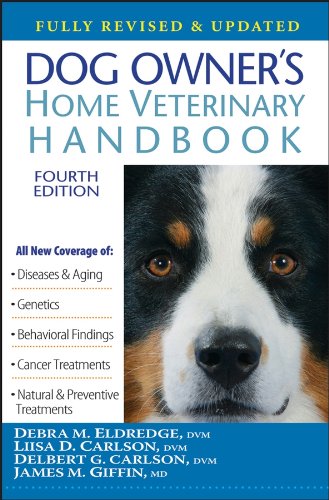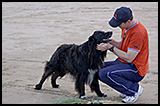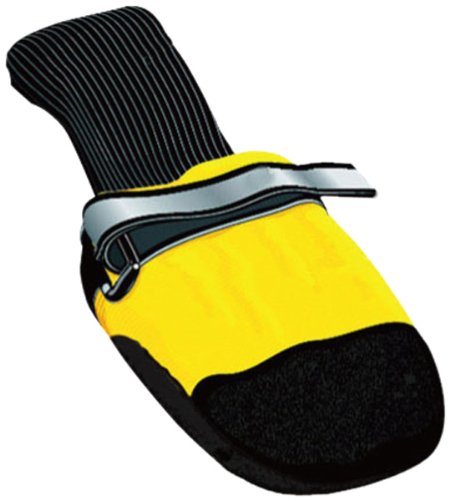Toy Poodles can live for up to 17 years or even longer if they live a healthy life. However, a Toy Poodle may not be able to live that long due to the occurrence of accidents, diseases or other health problems. That is why it is important for every dog owners to take necessary precaution to prevent accidents, diseases and other health problems as well. Owners of Toy Poodles should know that this variety of Poodle breed is prone to skin related problems - be it bacterial, fungal or allergic skin problems.
Bacterial Skin Infection. Also called pyodermas, bacterial skin infection is classified into three - surface, superficial and deep pyoderma. Surface pyoderma is characterized by itching and reddening of the skin with raised round scabs. When there is yellow pustules that break into larger wheals and scabs, then it is classified as superficial pyoderma. Deep pyoderma on the other hand, produces abscesses and oozing, inflammed channels in the skin surface. Bad odor is also present in this kind of skin problem. All areas of a dog's body may be affected but the trunk, chin, inside ears, toes and the calluses of the elbows are the areas commonly affected. Obese dogs and pug-nosed dog breeds are more likely to develop this skin problem. Go and see your veterinarian to determine the type of pyoderma since each type has different treatment. Treat as early as possible to prevent the disease from progressing and most importantly, follow your vet's advice to achieve successful results at the same time prevent the reoccurrence of the disease.
Fungal Skin Infection. Fungal infection in dogs are caused by fungi called Microsporum and Trichophyton. These fungi cause the disease commonly called ringworm. The most common symptom of ringworm is a small round lesion often with small pustules and scaly skin in the center. Areas commonly affected are the head, legs, feet and tail. Treatment vary depending on the degree of the disease. Most small lesions will usually heal on their own within four months. Some cases necessitates antifungal medication twice a day. Using of antifungal shampoos and dips also help alleviate the problem.
Allergic Skin Problem. Allergic skin problem is commonly caused by infection spread by the flea saliva as well as house dust, molds and pollens. Signs of this skin disease include itchy skin, nasal and eye discharges, digestive upsets and skin lesions. Affected areas are the face, feet, chest and abdomen. Upon diagnosis, the vet usually prescribe antihistamines and corticosteroids to control the itching. If flea infested, it is important that the fleas are killed on the dog and in the dog's environment.

 Great Dog Breeds: the Happy Little Papillon
The first time I was introdu
Great Dog Breeds: the Happy Little Papillon
The first time I was introdu
 Symptoms of Diabetes in Dogs
Diabetes is a common health problem in dogs.&n
Symptoms of Diabetes in Dogs
Diabetes is a common health problem in dogs.&n
 Basic Learning Theory and Dogs
Basic Learning Theory and Dogs
Basic Learning Theory and Dogs
Basic Learning Theory and Dogs
 Dogs :: Four Basic Commands That Your Dog Need to Learn (Page 1 of 2)
There are certainly lots of factors for proprietors to
Dogs :: Four Basic Commands That Your Dog Need to Learn (Page 1 of 2)
There are certainly lots of factors for proprietors to
 Designer Doggy Wear
Pampered PoochesWeve all seen them right? Little doggie
Designer Doggy Wear
Pampered PoochesWeve all seen them right? Little doggie